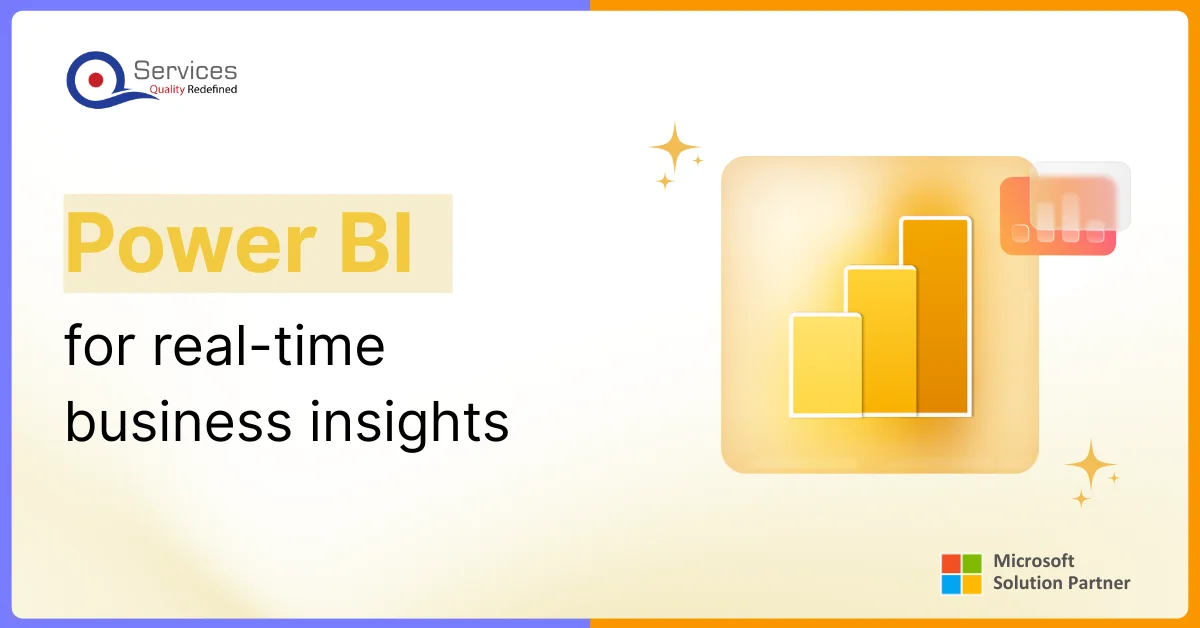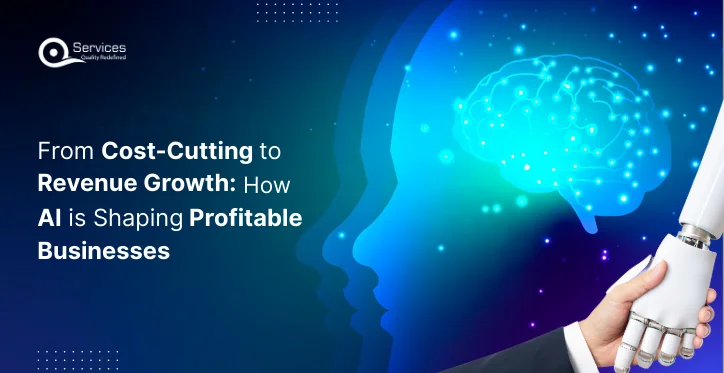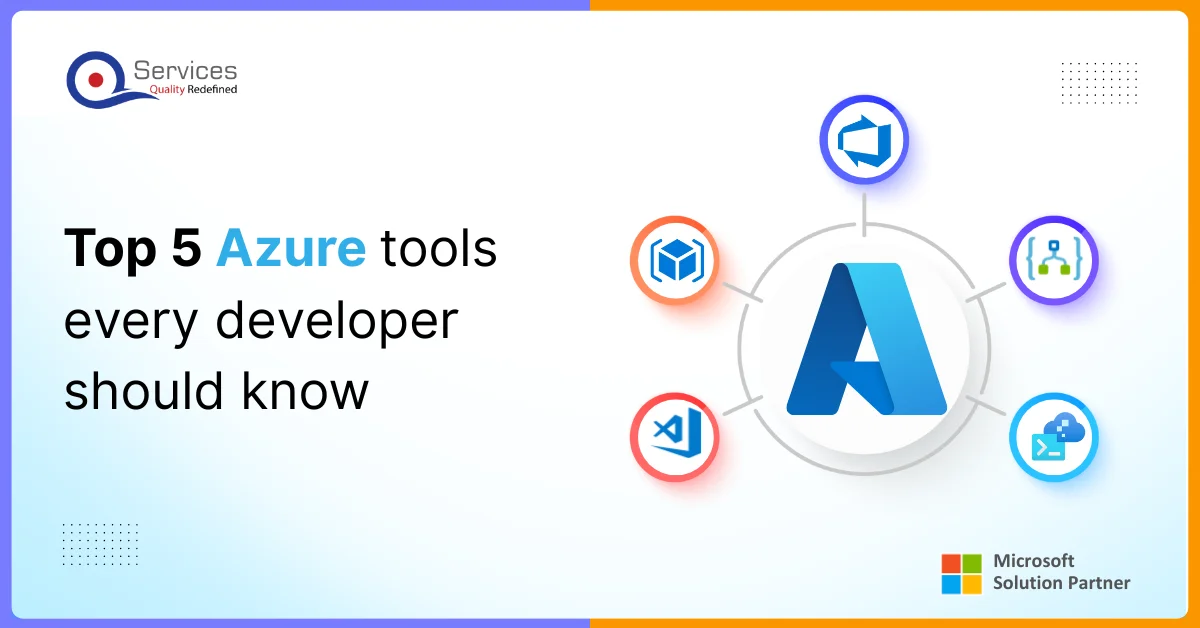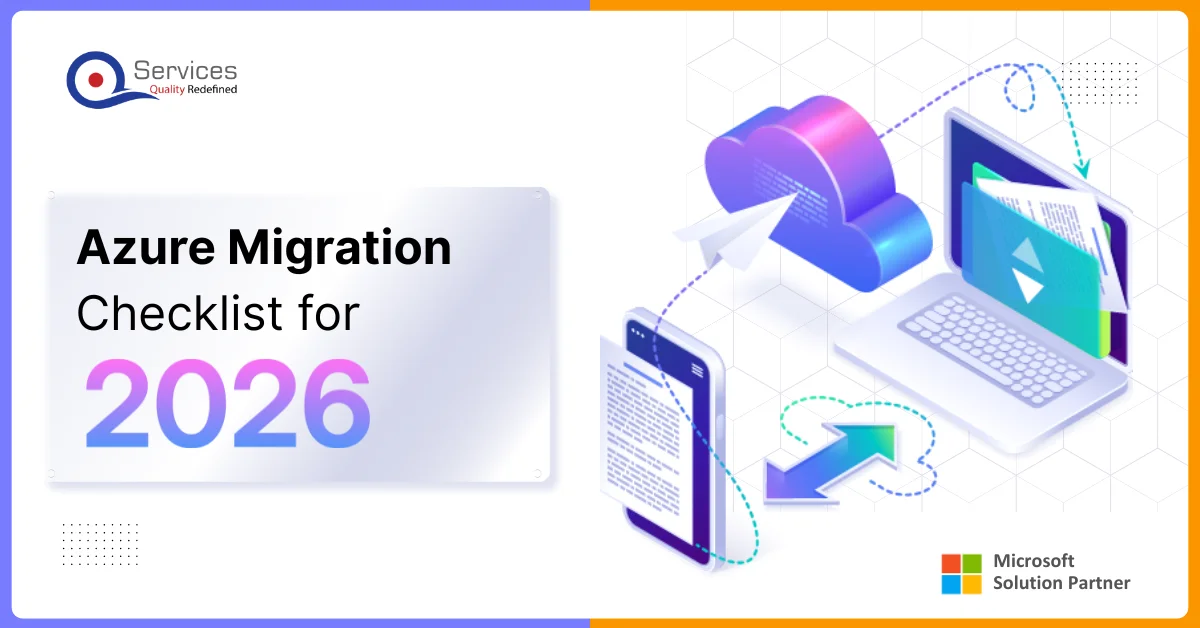
Home » From Cost-Cutting to Revenue Growth: How AI is Shaping Profitable Businesses

For a long time, businesses saw AI as a way to cut costs—automating processes, reducing errors, and saving time. But the real transformation is happening now: AI is no longer just a cost-saving tool; it’s an AI profit generator, unlocking new growth opportunities and expanding customer reach.
But what if you could do both at the same time—while also improving customer experiences? That’s exactly what AI is making possible.
Take Amazon, for example. It doesn’t just use AI to suggest products. It dynamically adjusts prices based on demand, competitor pricing, and even your own shopping behavior. The result? Higher sales and AI revenue growth without raising marketing costs.
Companies are boosting spending to develop AI because they see the long-term revenue potential. AI helps businesses:
Look at Tesla—they’re not just an EV company. They’re an AI-driven tech company, using real-time data to improve autonomous driving, predict maintenance issues, and create software-driven revenue streams.
AI has flipped the old cost-cutting model on its head. Instead of just slashing expenses, AI:
For example, Spotify doesn’t just save money by automating playlists—it actually generates AI-driven profit by curating personalized music experiences that keep users engaged and subscribed.
Cutting costs will only get you so far. Real business success comes from consistently maximizing revenue from customers. That’s why AI is being used to:
Take Netflix. They use AI to analyze what keeps subscribers engaged, adjusting content recommendations, pricing strategies, and even which shows get renewed—all to maximize revenue.
Not all business partnerships are created equal. Companies are now using AI to deploy smarter, data-driven partnerships, ensuring they:
For example, Starbucks uses AI to analyze foot traffic and customer data, ensuring new store locations are in high-revenue areas. That’s AI-powered expansion at its finest.
Instead of asking, “How can we cut costs?”, businesses are now asking, “How can we use AI to increase revenue?”. The answer? AI isn’t just a tool—it’s a profit multiplier that’s changing how companies grow.
Companies are now using AI to create entirely new revenue streams—not just optimizing what they already do, but actually building new business models powered by AI-driven insights.
Businesses thrive when they understand their customers. AI makes this easier and faster than ever before. By analyzing huge amounts of customer data in real-time, AI can:
A great example is Netflix. Their AI-driven recommendation engine influences 80% of watched content, keeping users hooked and reducing churn rates. The more people stay subscribed, the more predictable recurring revenue Netflix generates.
Getting the price right is everything. Price too high, and customers leave. Price too low, and you lose out on potential revenue. AI solves this problem by:
Take Uber’s surge pricing model—it uses AI to adjust fares in real-time based on demand, traffic conditions, and availability which maximizes revenue while maintaining service availability.
Retail giants like Walmart and Target use AI-powered price optimization to analyze competitors, predict demand, and adjust prices accordingly ensuring they stay competitive without sacrificing profit.
Acquiring new customers is expensive. Keeping them is cheaper and more profitable. AI helps businesses retain customers longer by:
For example, Amazon Prime uses AI to analyze user behavior and suggest relevant content, exclusive deals, and personalized benefits—all designed to keep subscribers renewing their memberships.
Spotify does the same. Its AI-driven music curation keeps users engaged with tailor-made playlists, increasing time spent on the platform and premium subscriptions.
AI isn’t just about selling—it’s about selling smarter. Instead of generic promotions, AI helps businesses:
Take McDonald’s AI-powered drive-thru menus. They adjust based on time of day, weather, and customer preferences, increasing impulse purchases and total order value.
Similarly, Airbnb uses AI to recommend additional services like guided tours and experiences, turning a simple booking into a higher-value transaction.
AI has played a significant role in shifting businesses toward subscription-based models. Rather than relying on one-time sales, companies now use AI to
Look at Adobe—they transitioned from selling individual software licenses to an AI-powered subscription model (Creative Cloud). This shift increased long-term revenue stability and customer retention.
Even automakers like BMW and Tesla are moving towards AI-driven subscription models for premium software features like autonomous driving upgrades and advanced navigation services.
Get free Consultation and let us know your project idea to turn into an amazing digital product.

Traditional marketing is expensive and unpredictable. Businesses pour money into ads, hoping customers will convert—but without data-driven insights, most of that money goes to waste.
This is where AI completely transforms the game. Instead of guessing, businesses use AI to predict customer behavior, optimize campaigns, and personalize content—leading to higher conversions and lower acquisition costs.
People hate generic ads and emails. AI helps businesses deliver hyper-personalized content—so customers feel like products and services were made just for them.
Recommend products to customers based on their past purchases and browsing history.
This approach makes marketing more relevant, increasing conversions and brand loyalty.
Businesses spend millions on ads but without AI, much of that money is wasted on the wrong audience.
AI-driven tools such as Google Ads and Meta Ads improve ad performance by:
For example:
This reduces wasted ad spend and ensures every marketing dollar drives results.
AI chatbots are not just as customer service tools but they’re now become powerful sales enablers.
Instead of waiting for customers to figure things out, AI chatbots:
Take Sephora’s AI chatbot—it helps customers pick makeup products based on their skin preferences, increasing online sales without needing human staff.
Even B2B companies use AI chatbots to qualify leads, schedule meetings, and nurture prospects—reducing manual effort and closing deals faster.
When we talk about content marketing, it is a huge driver of business growth, but writing blog posts, social media updates, and emails takes time and effort. AI speeds this up without compromising quality.
Example:
HubSpot’s AI finds trending blog topics that draw attention in readers.
This reduces the time and cost of content creation while ensuring better engagement and search rankings.
Email marketing is one of the most profitable marketing channels, but only if emails actually get opened and read. AI ensures that happens by:
For example:
E-commerce brands use AI to send abandoned cart emails at the perfect moment, increasing recovered sales.
With AI, businesses are acquiring customers faster, spending less on ads, and delivering personalized experiences that drive loyalty and revenue.
Every business wants to run lean and fast, but too many manual processes slow things down. That’s where AI steps in to reduce high operational costs, automate tasks, and keep operations running smoothly. Let’s know how:
Time-consuming tasks like data entry, scheduling, and processing invoices drain resources. AI-powered automation tools, such as Power Automate to handle these tasks, so teams can focus on their business strategy, not tedious paperwork.
Example:
Overstocking wastes money. Running out of stock loses customers. With AI-powered inventory management tools, now companies can predict demand, ensuring businesses stock the right products at the right time.
Example:
Hiring and managing employees can be expensive. AI tools help:
Example:
Unilever’s AI-driven hiring system cut recruitment time by 75%.
Cyber threats can cost millions, but AI detects risks early and stops attacks in real time.
Example:
IBM’s AI-powered security system detects threats 60% faster than outdated traditional methods.
Businesses that use AI to analyze data make smarter decisions. AI identifies patterns, predicts trends, and guides companies with the best moves to maximize revenue.

Knowing your customer is half the battle won. AI helps businesses understand shopping trends and buying habits, so they can provide exactly what customers are looking for—right when they need it.
Example:
Netflix’s AI-driven recommendations bring in millions in extra revenue by keeping users engaged.
Making business decisions based on guesswork is risky. AI analyzes market trends, customer behavior, and sales history to provide accurate forecasts, helping companies make better financial decisions.
Example:
AI helps businesses target the right customers with the right message at the right time. It optimizes:
Example:
A retail brand deployed AI to target rich partnerships, leading to a 35% increase in sales.
Businesses that invest in AI aren’t just saving money—they’re finding new ways to make money. AI-powered products, services, and platforms create entirely new business opportunities.
Example:
Tech companies offer AI-powered analytics as a paid service, unlocking new revenue streams.
This proves that revenue from customers is the only way to bring operating cash into the firm, and AI helps businesses maximize those earnings.
Share your project idea with us. Together, we’ll transform your vision into an exceptional digital product!

Businesses that embrace AI aren’t just improving efficiency—they’re boosting profits. With AI-driven decision-making and smarter customer engagement, many are posting revenue up on booming AI.
From cost-cutting to maximizing revenue, AI is reshaping how businesses operate. Those who adopt AI now will be the ones leading their industries tomorrow.
AI takes over repetitive tasks, minimizes errors, streamlines resource use, and enhances supply chain management—helping businesses save big.
Examples include personalized marketing, predictive analytics, customer service chatbots, and recommendation systems.
Industries such as healthcare, finance, retail, manufacturing, and logistics benefit significantly from AI applications.
Yes, with the rise of AI-as-a-Service (AIaaS) and cloud-based solutions, small businesses can access affordable AI tools.
AI analyzes market conditions, competitor pricing, and customer behavior to recommend optimal pricing strategies.
The future of AI in business includes more advanced automation, improved decision-making, and the development of new business models.
AI analyzes customer interactions to provide personalized experiences, predict customer needs, and improve retention rates.
AI detects and responds to cyber threats in real-time, identifying vulnerabilities and preventing attacks.
AI streamlines process, reduces downtime, and optimizes resource utilization, leading to increased operational efficiency.
Key components include data management, technology infrastructure, talent acquisition, and a clear roadmap for AI integration.

In 2026, it’s vital for every developer to be skilled in using the right set of Azure developer tools for cloud projects. Microsoft’s Azure cloud platform is at the center of this shift, providing a wide range of solutions for building and managing apps. With cloud development with Azure, teams can launch reliable apps that scale globally and respond to business needs in real time. Picking the right items from the Azure tools list can save time, money, and help you get better results.

In 2026, moving workloads to Azure cloud migration is not just about transferring data. It’s about making the whole process smarter, more automatic, and easier to manage while keeping compliance and security tight.

The way small and medium-sized businesses (SMBs) operate has changed more in the past five years. Traditional systems that once felt reliable are now holding teams back. Data lives in silos, processes rely on too much manual work, and the cost of maintaining legacy servers keeps growing. So how do businesses modernize without disrupting what’s already working?

Founder and CEO

Chief Sales Officer
